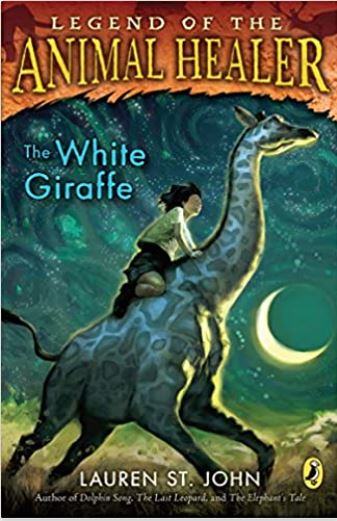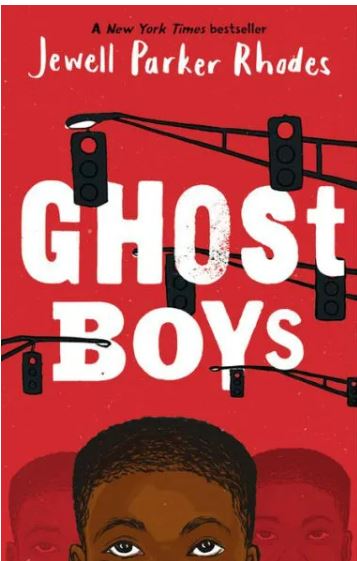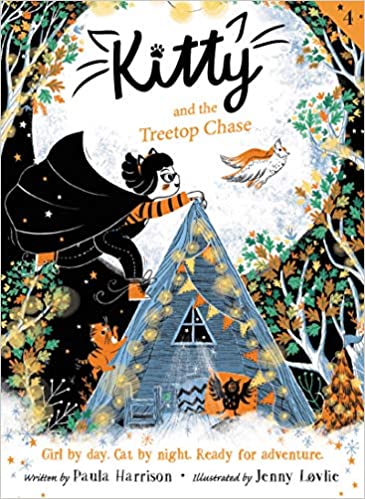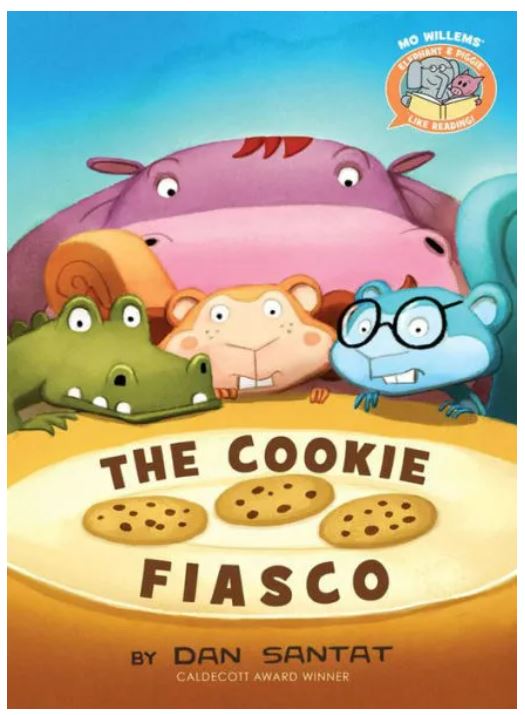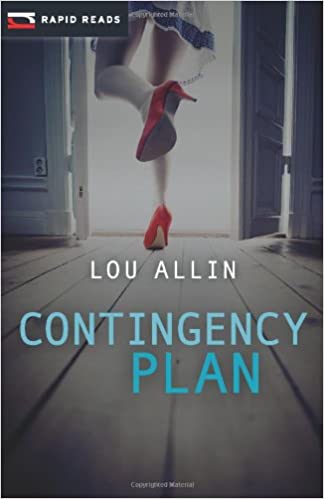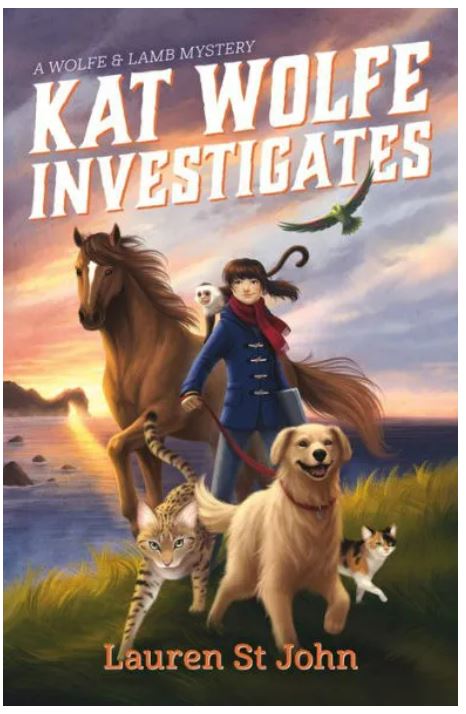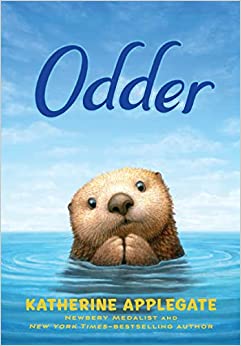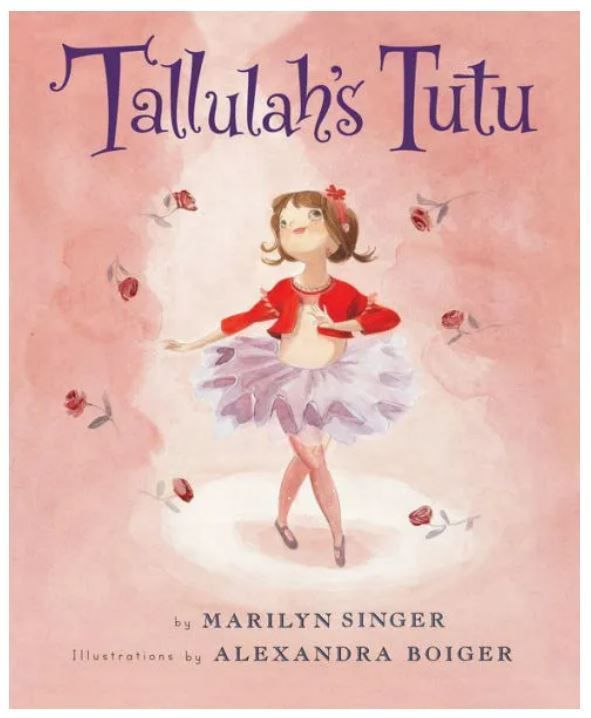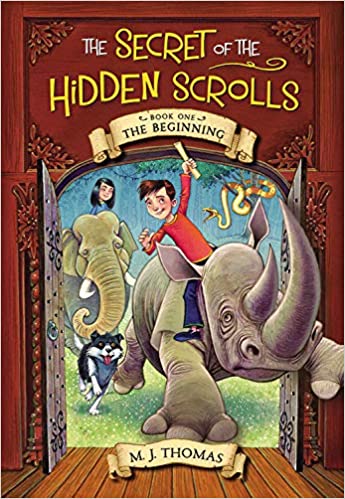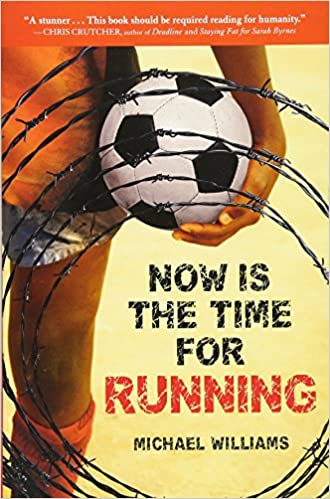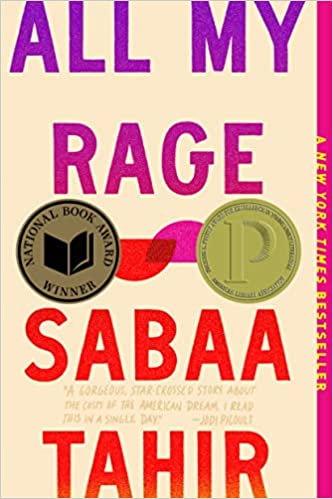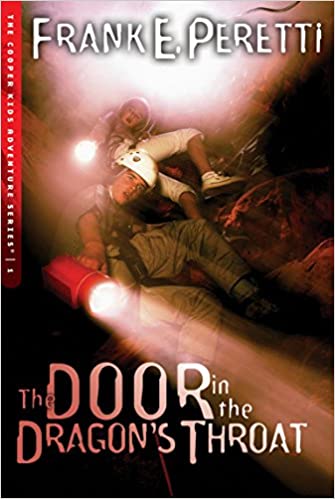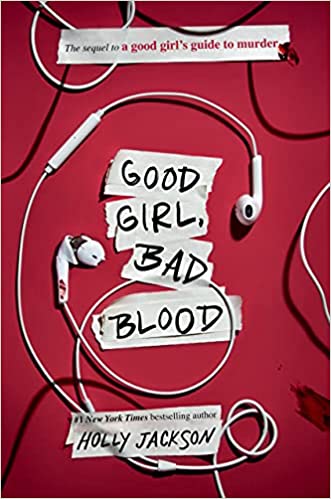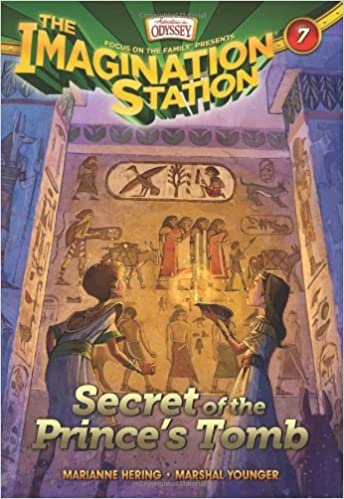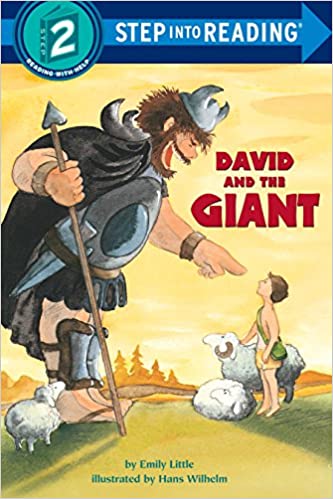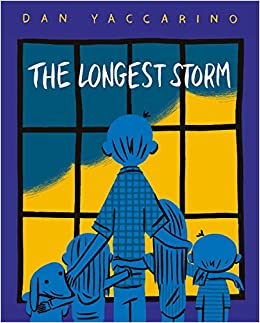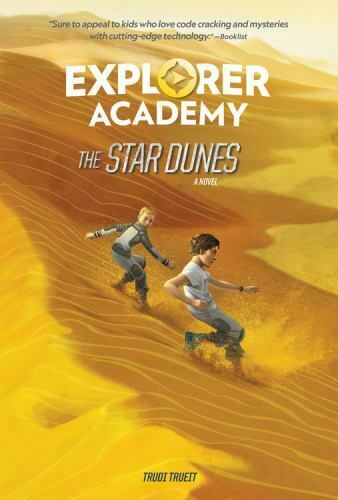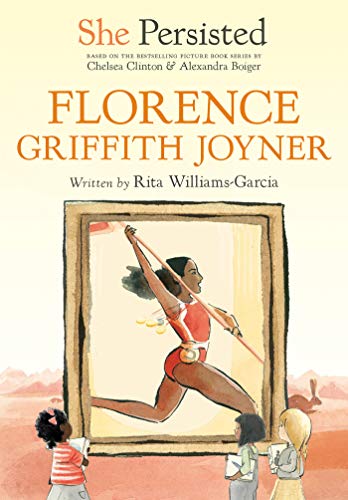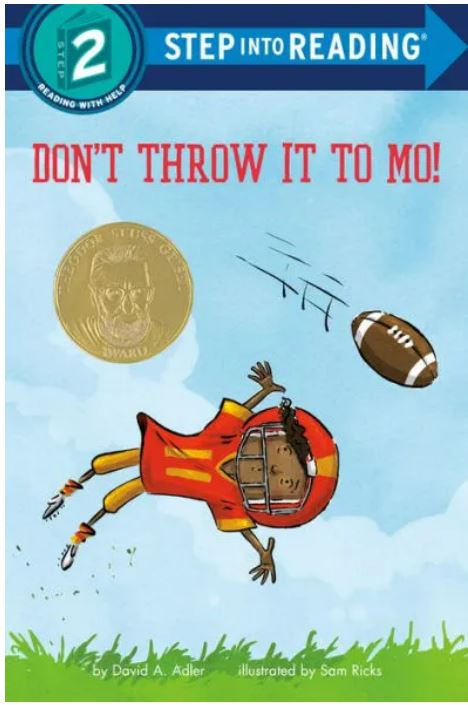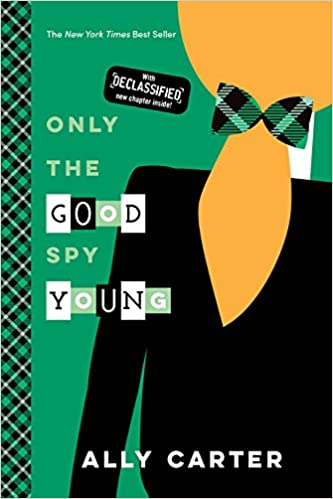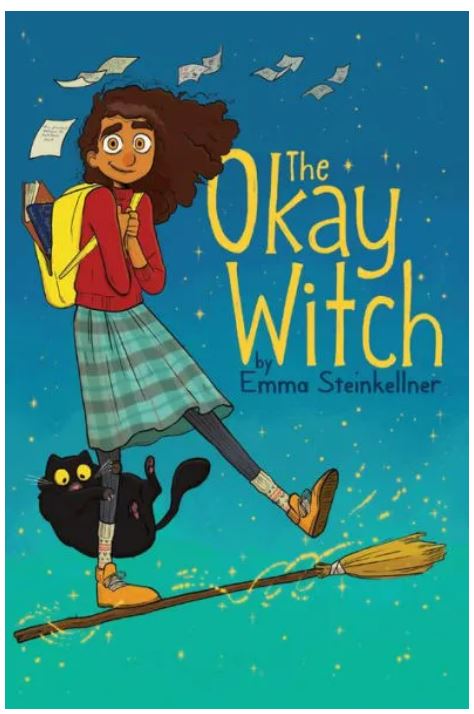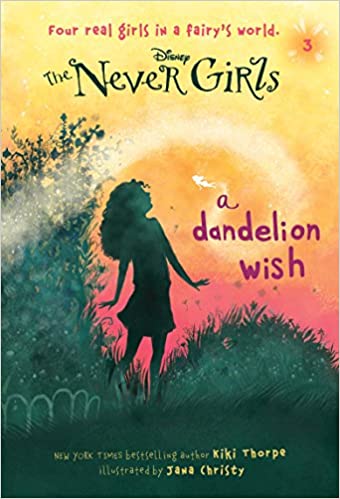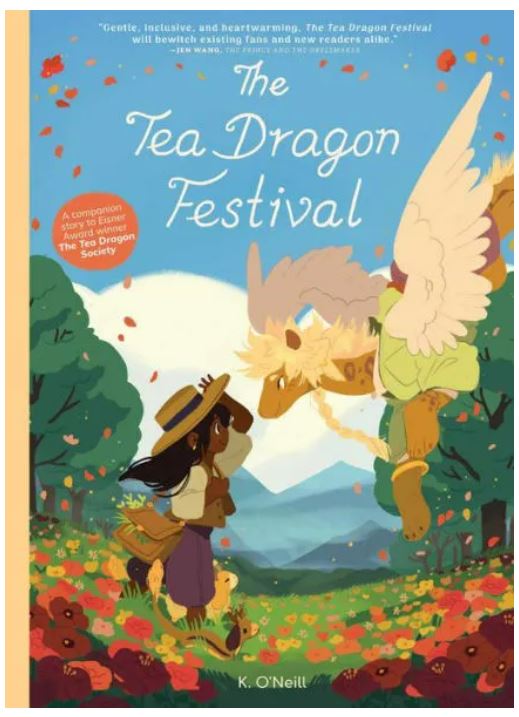The night Martine Allen turns eleven years old is the night her life changes completely. Martine’s parents are killed in a fire, so she must leave her home to live on an African wildlife reserve with a grandmother she never even knew she had. When Martine arrives, she hears tales of a mythical animal living there – a white giraffe. They say no one has ever seen the animal, but it does leave behind footprints. Her grandmother insists that the white giraffe is just a legend, but then, one stormy night, Martine looks out her bedroom window straight into the eyes of the tall, silvery animal. Could it be just Martine’s imagination, or is the white giraffe real? And if so, why is everyone keeping its existence a secret?
The White Giraffe is the perfect book for anyone who has ever dreamed of going on an African safari. After tragedy befalls Martine, she gets sent to Africa where she is overcome with a sense of wonder at the beauty of Africa’s wildlife. However, she is also frustrated because she knows the adults in her life are keeping secrets from her. St. John brings Martine’s story to life with a mix of joyous encounters with wildlife and the confusion of being surrounded by secretive adults. The blend of suspense, suspicion, and surprises will keep readers flipping the pages until the very end.
Even though Martine isn’t necessarily a relatable character, she is interesting and likable. Like many, Martine struggles with loneliness and the desire to have friends; unfortunately, the kids in Martine’s class are bullies who harass classmates who are different. Plus, Martine’s struggle to understand her own power is made even more difficult because of her classmates’ taunting, and her grandmother’s strange silence. Despite these difficulties, Martine is willing to put her life in danger to care for injured animals. This, along with the strange prophecy about a white giraffe, highlights Martine’s love of animals.
While the story’s pacing is fast with both action and adventure, The White Giraffe clearly shows the greedy nature of humans who poach and capture animals for material gain. In addition, the story gives a brief look at racism when Tendai, who works at the animal reserve, shares his personal experiences of police brutality. Because of this experience, Tendai realizes that “only a man can crush you inside, in your heart, for no reason other than the color of your skin.” Despite this, Tendai has forgiven his abusers because “sometimes the thing that hurts your enemies most is to see that you are not like them.”
The White Giraffe takes the reader into the African bush and leaves them with a sense of wonder. Readers will gain a new appreciation of the people who strive to save wildlife. The story also has important life lessons, including showing that no one is perfect. When Martine makes a mistake, she is not chastised, instead her friend says, “We all make mistakes, chile. That’s human. But not everybody had the courage to admit what they done and go out into the world to try to mend things.” Readers who love animals and would like more exciting stories about helping animals should add the Vet Volunteers Series by Laurie Halse Anderson and the Zoe’s Rescue Zoo Series by Amelia Cobb to their reading list.
Sexual Content
- None
Violence
- Martine learns that her grandfather, Henry, died but “the events surrounding it were still shrouded in mystery. The police theory was that Henry had stumbled upon a gang of poachers trying to steal a couple of giraffes or maybe kill them for trophies. . . There had been a struggle. When it was over, Henry had been fatally wounded.”
- On a field trip, Martine’s classmates chase her, intending to cause her harm. However, she is able to hide and stay safe.
- Tendai tells of a time when he was beaten because of his skin color. Tendai’s “back and broad chest were crisscrossed with fifty or sixty thick, raised scars. It was as if someone or something had tried to cut him into a million pieces.”
- After Martine sees Tendai’s scars, he tells her about a police officer who “tore my shirt. . . I’m sorry to say I punched him as hard as I could. After that, Tendai remembered very little. When he regained consciousness, he was in a prison hospital covered in welts.”
- Martine and Tendai are watching a kudu when “a bullet ripped into the tree trunk above Tendai’s head, simultaneously spraying him with splinters and terrifying Martine. . . a second bullet hit the kudu in the throat. Blood spurted from his neck in a fountain and he dropped to the ground and lay still.”
- Martine’s classmates torment her by writing witch “all over her books, and on another occasion she opened her pencil case to find a hairy baboon spider—an African tarantula—lurking inside.”
- One day, the kids at school surround Ben and start saying that “he’s a waste of space,” a “runt” and a “mongrel.” One boy says, “You’re like one of those sad-looking dogs you find down at the shelter.”
- Someone captures the white giraffe, Jemmy. When Martine finds him on a cargo ship, “Jemmy was lying on the floor, his legs at odd angles. His white and silver coat was covered in cuts and matted blood.”
- When Martine and Jemmy get to the deck of the cargo ship, the poacher, Alex, yells “Raise the gangplank!” Jemmy “swept across the deck, striking Alex a glancing blow with his hoof as he went. Alex dropped like a stone.” Martine and Jemmy escape.
Drugs and Alcohol
- A woman teaches Martine how to use healing herbs.
- When Martine finds the giraffe on a cargo ship, she also sees two leopard cubs that “were clearly drugged.” Martine leaves them behind.
Language
- Because Ben won’t talk to the other kids at school, they say he is “deaf, stupid or a nutcase.” One of the girls calls Ben “Bonkers Ben.”
- Martine’s grandmother calls a woman a “crazy old magic woman.”
Supernatural
- An African legend believes that “the child who can ride a white giraffe will have power over all the animals.” Martine learns that she is the child in the legend.
- When Martine touches an injured, dying goose, her hands “heated up to the point that they were practically glowing. After a few seconds, the Egyptian goose jerked and its eyelids flickered. She loosened her palm. It shook out its wings and flew into the darkening sky.” Afterwards, Martine’s classmates think she’s a witch that used voodoo or black magic to heal the goose.
- When a kudu is shot, Martine helps it. “Martine places her hot hands over the kudu’s dying heart and began pressing down every few seconds. Under her touch, the beat grew stronger and the kudu’s skin became warm.” A few minutes later, the kudu “gets on his feet . . . and bounded weakly away.”
- A woman named Grace uses bones to tell the future. Martine’s grandmother explains, “Africans with second sight throw bones the way Western fortune tellers use crystal balls and tarot cards.” The woman told Martine’s grandmother that “the bones had told her that a tragedy would bring [Martine] back to Sawubona. . . She said that if you came of your own accord, the gods might be appeased and the tragedy would be averted.” After the woman’s prediction, Martine’s parents were killed in a fire.
- Grace takes out a pouch and dumps out “a collection of small bones, a portion of porcupine quill, a guinea fowl feather, and a couple of elephant hairs.” Then “a thin spiral of blue smoke rose from the objects on the floor. It flattened out and blurred images began to flash across it.” The vision helps Martine save the white giraffe.
- When Jemmy is injured, Martine “put her hands on the white giraffe’s heart. Unbidden, technicolor memories of their time together came flooding into her mind. . . Martine was aware of her hands becoming hotter and hotter and a pure feeling, like love, flowing through her.” Jemmy recovers and they are able to escape.
Spiritual Content
- None
